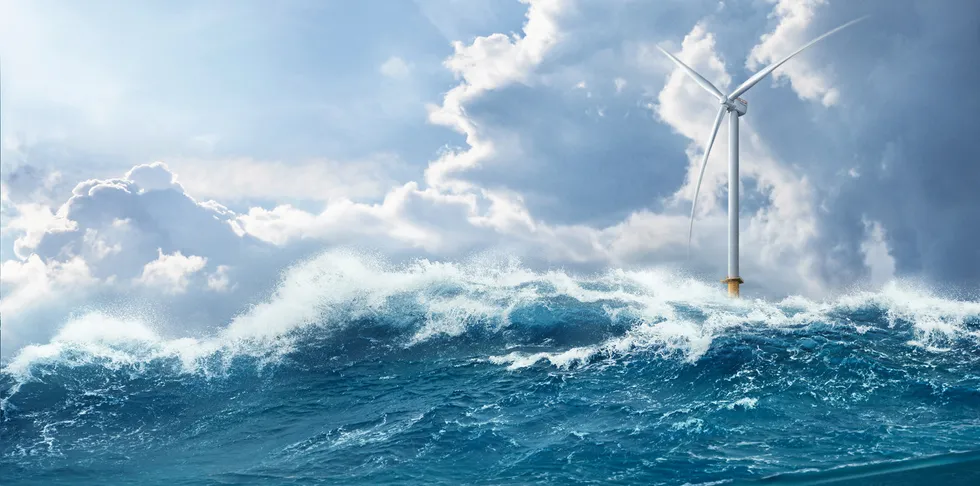Orsted and Siemens Gamesa eye 'fully marinised' offshore wind to hydrogen
Consortium that also includes ITM Power and Element Energy to develop megawatt-scale electrolyser to produce green hydrogen in EU-funded pilot trial

Consortium that also includes ITM Power and Element Energy to develop megawatt-scale electrolyser to produce green hydrogen in EU-funded pilot trial
